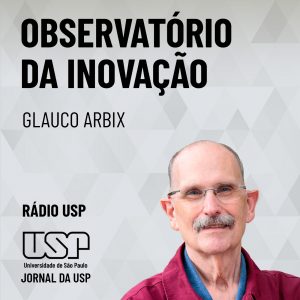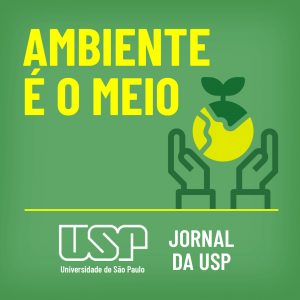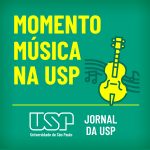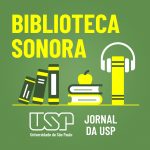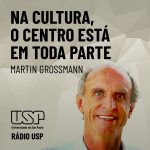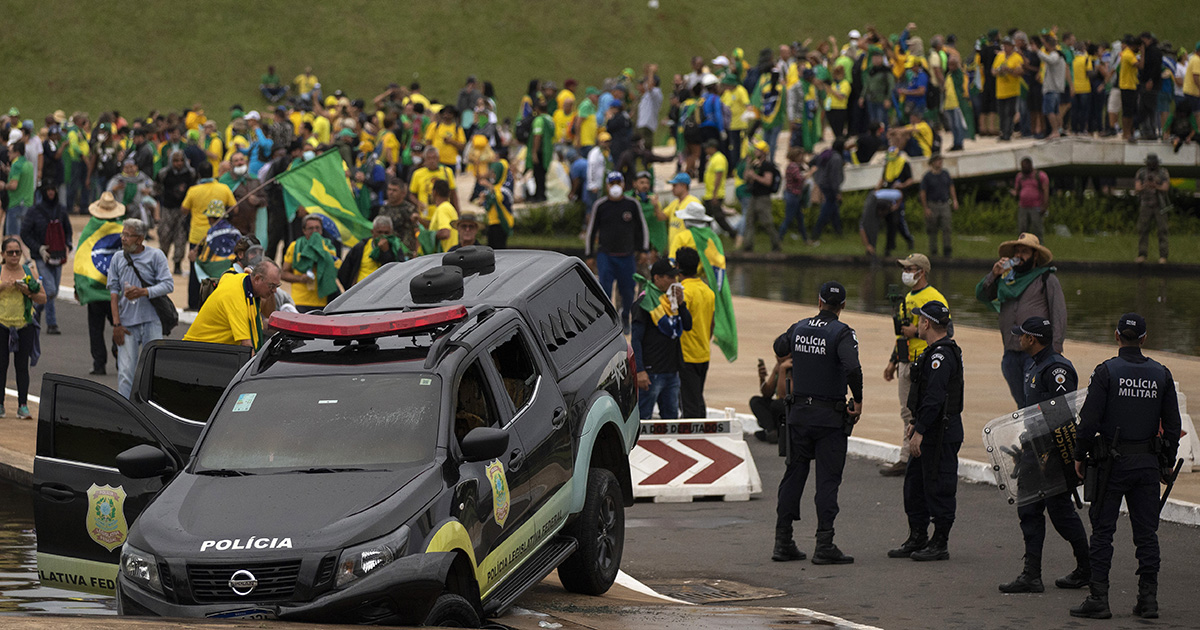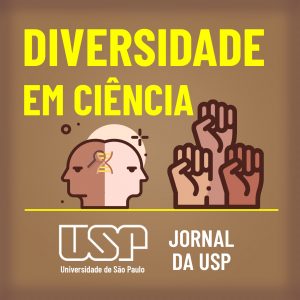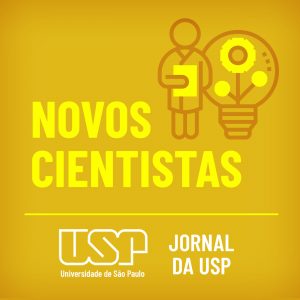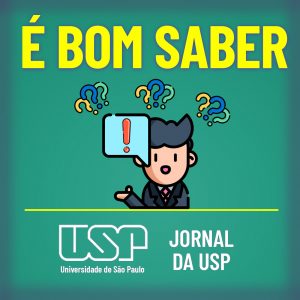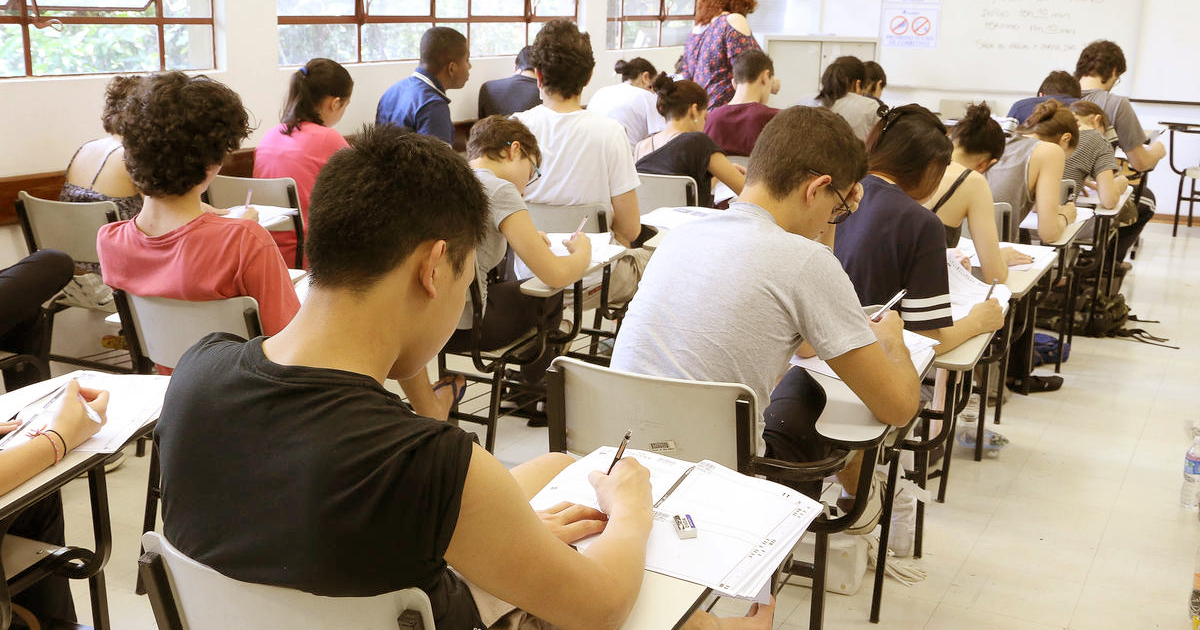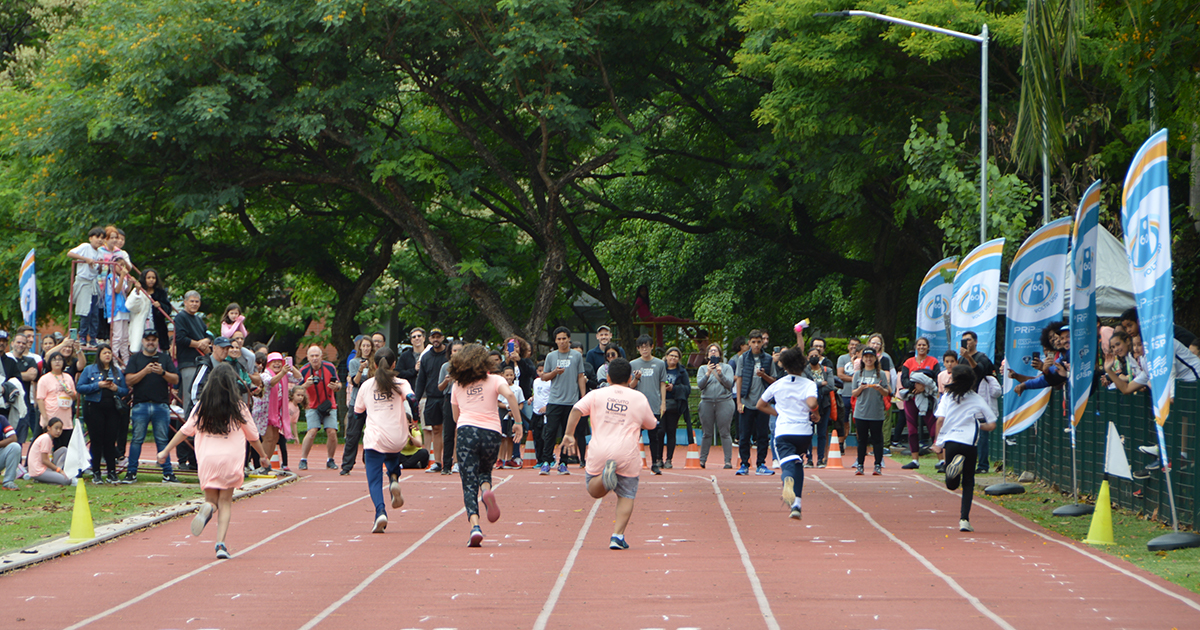
Blog
Stanford survey lists 249 USP researchers among world science highlights
Database, published by Elsevier, ranks the world's most cited scientists
Stanford survey shows 249 USP researchers among the world’s leading scientists – Photo montage by Jornal da USP with image by KamranAydinov/Freepik
 Professor John P. A. Ioannidis, a researcher in the Departments of Medicine; Health Research and Policy; Biomedical Data Science and Statistics; and the Meta-Research Innovation Center at Stanford (Metrics), from Stanford University, released the latest version of the database of the most cited researchers, the Updated science-wide author databases of standardized citation indicators in early September. This is the seventh edition of the project, which aims to provide standardized metrics to assess the impact of researchers in various fields of knowledge and to list the world’s most influential scientists.
Professor John P. A. Ioannidis, a researcher in the Departments of Medicine; Health Research and Policy; Biomedical Data Science and Statistics; and the Meta-Research Innovation Center at Stanford (Metrics), from Stanford University, released the latest version of the database of the most cited researchers, the Updated science-wide author databases of standardized citation indicators in early September. This is the seventh edition of the project, which aims to provide standardized metrics to assess the impact of researchers in various fields of knowledge and to list the world’s most influential scientists.
The lists show the 100,000 ranked by c-score and those in the top 2% percentile in their subfield, both in 2023 and throughout their careers. These results offer a comprehensive view of the performance of these scientists in 22 fields and 174 scientific subfields, using information from the Scopus platform. Among the metrics used to classify scientists are the h-index, the hm-index (h-index adjusted for the number of co-authors of each article), and the number of citations for articles according to authorship position (sole author, first author, and last author) make it possible to calculate the composite indicator, called c-score, disregarding self-citations.
Ioannidis points out that the focus of the c-score is on the impact of scientific production (number of citations) rather than productivity (number of publications), and warns that all citation metrics have limitations and should be interpreted with discretion. A new feature of this edition is the inclusion of data on retracted articles (based on the Retraction Watch database) and citations to/from retracted articles.
The recently published survey makes it possible to consult the impact of the research of the most influential scientists throughout their careers or the specific impact in 2023. The 2023 list features 249 USP researchers, an increase of five scientists compared to 2022. In the category that measures impact over the course of a career, 232 researchers are from USP, compared to 211 in 2022.

In the list of total career impact, which has around 217,000 researchers, Brazil participates with 1,077 scientists, 232 from USP, 82 from the Universidade Estadual de Campinas (Unicamp), and 49 from the Universidade Estadual Paulista (Unesp), showing that public higher education institutions (HEIs) in the state of São Paulo contribute almost 34% of the list of influential Brazilian researchers in the world. In the 2023 specific impact list, which has approximately 223,000 researchers, Brazil has 1,340 researchers, 249 from USP, 96 from Unicamp, and 72 from Unesp, with São Paulo’s public HEIs accounting for around 31%.
For USP’s Vice-Dean of Research and Innovation, Paulo Nussenzveig, “it’s a pleasure to see a significant number of USP researchers featured prominently in these surveys. This is one of the indicators of the strength of our research activities and their international reach and repercussions. We produce science at the frontier of knowledge, with a global perspective and internationally recognized importance.” Nussenzveig, however, issues a warning regarding the interpretation of rankings and ponders that: “While we acknowledge the relevance of these lists, it is important to note that the very announcement explains that bibliometric indicators do not allow for absolute evaluations, as stated in the DORA [San Francisco Declaration on Research Assessment, which denounces the practice of correlating a journal’s impact factor with the merits of a specific scientist’s contributions, potentially creating biases and inaccuracies in the evaluation of scientific research], to which USP is a signatory,”.
Access here the full list, by area, of the most influential USP researchers in 2023 and the updated list of the most influential USP researchers throughout their careers here.
The source for the metric definitions used can be found at: A standardized citation
metrics author database annotated for scientific field | PLOS Biology.
A reprodução de matérias e fotografias é livre mediante a citação do Jornal da USP e do autor. No caso dos arquivos de áudio, deverão constar dos créditos a Rádio USP e, em sendo explicitados, os autores. Para uso de arquivos de vídeo, esses créditos deverão mencionar a TV USP e, caso estejam explicitados, os autores. Fotos devem ser creditadas como USP Imagens e o nome do fotógrafo.

